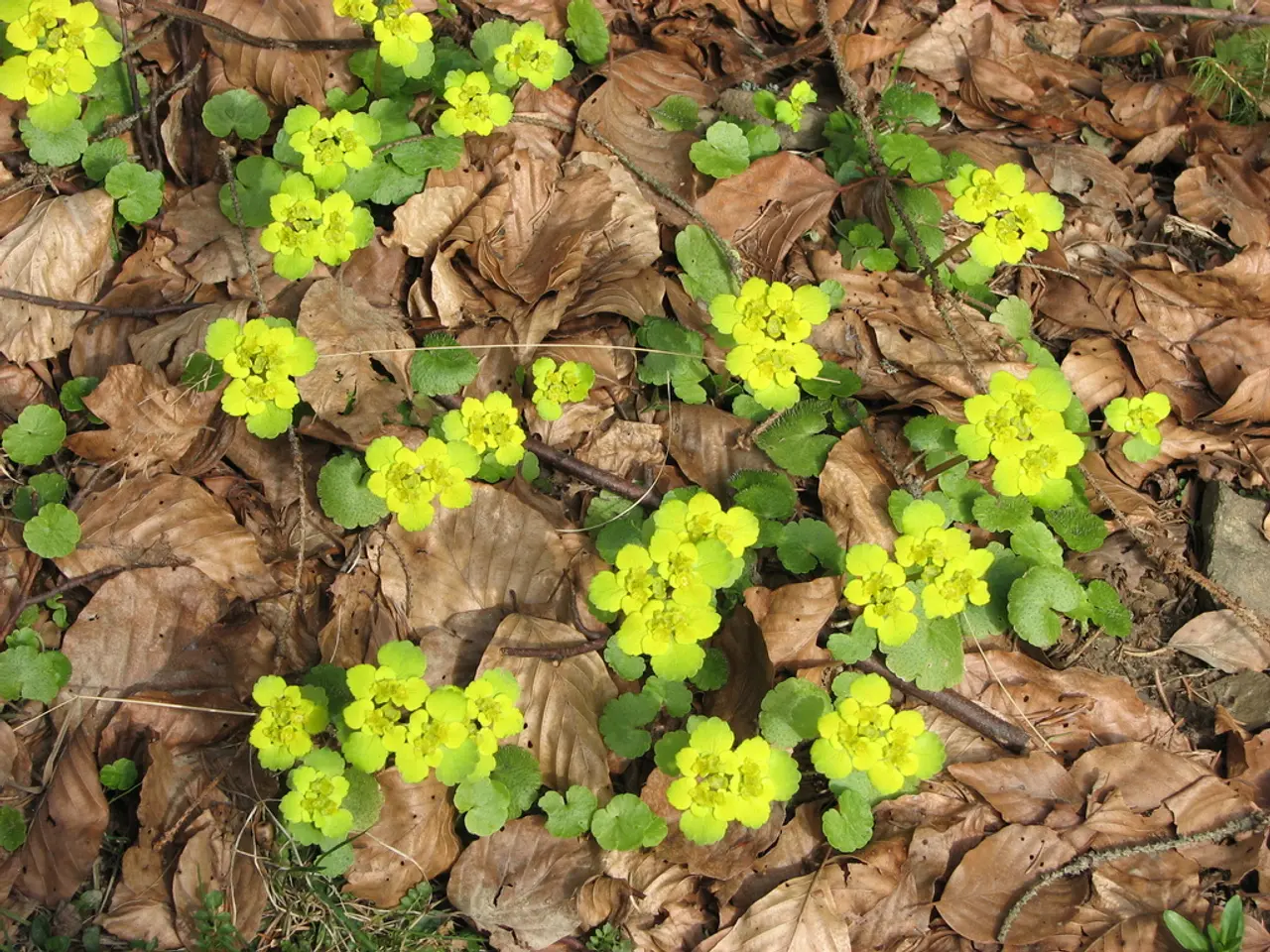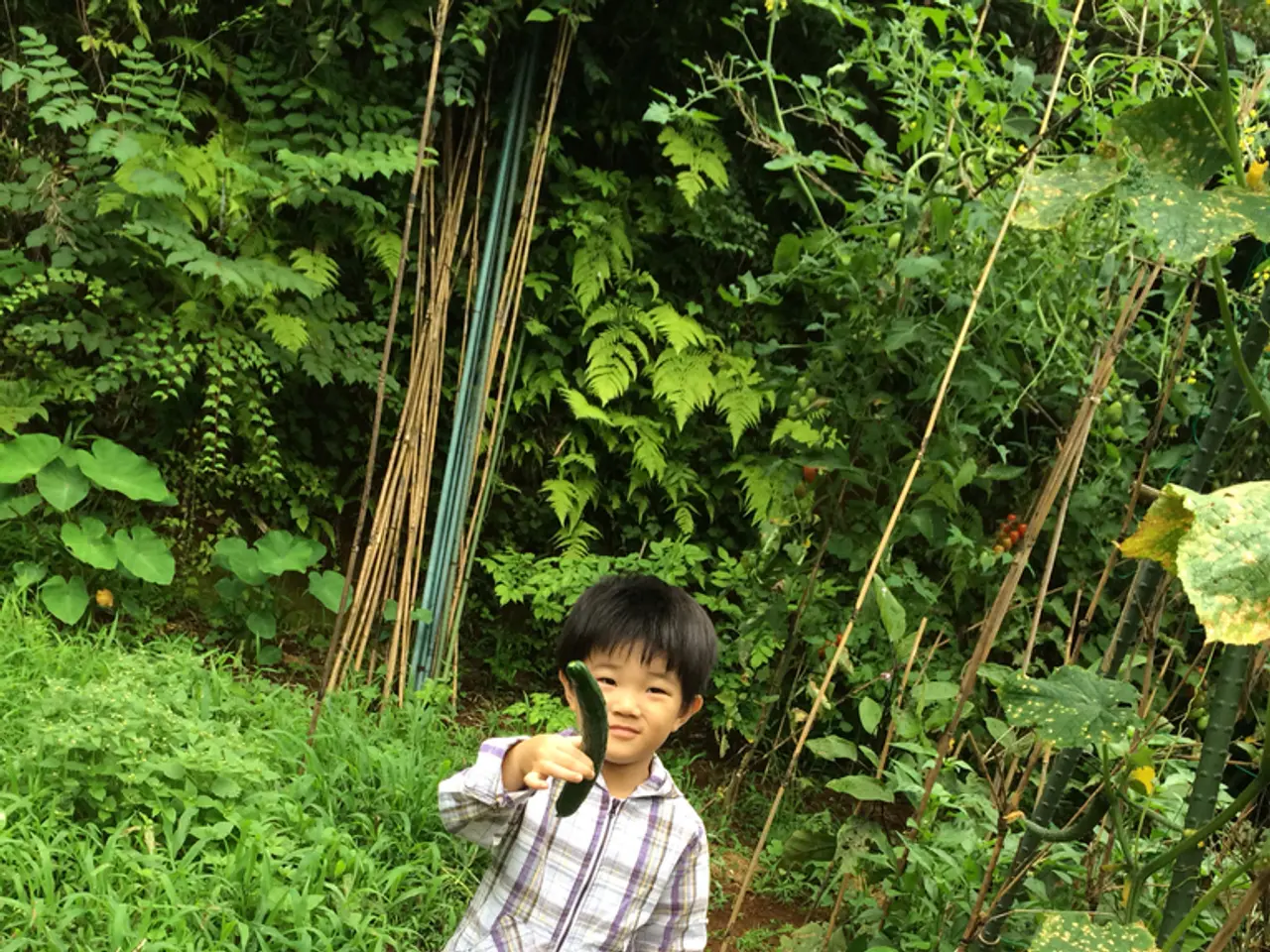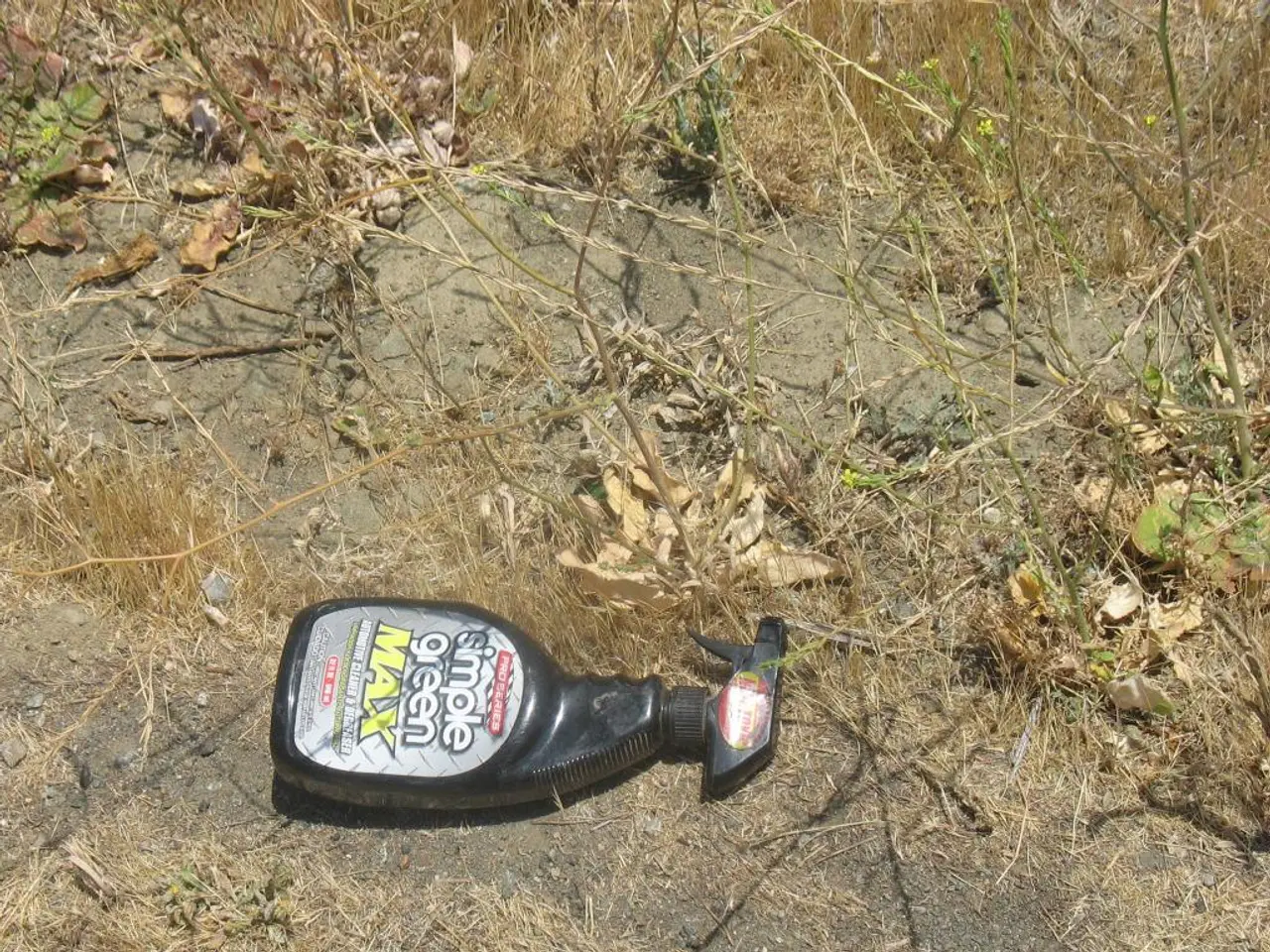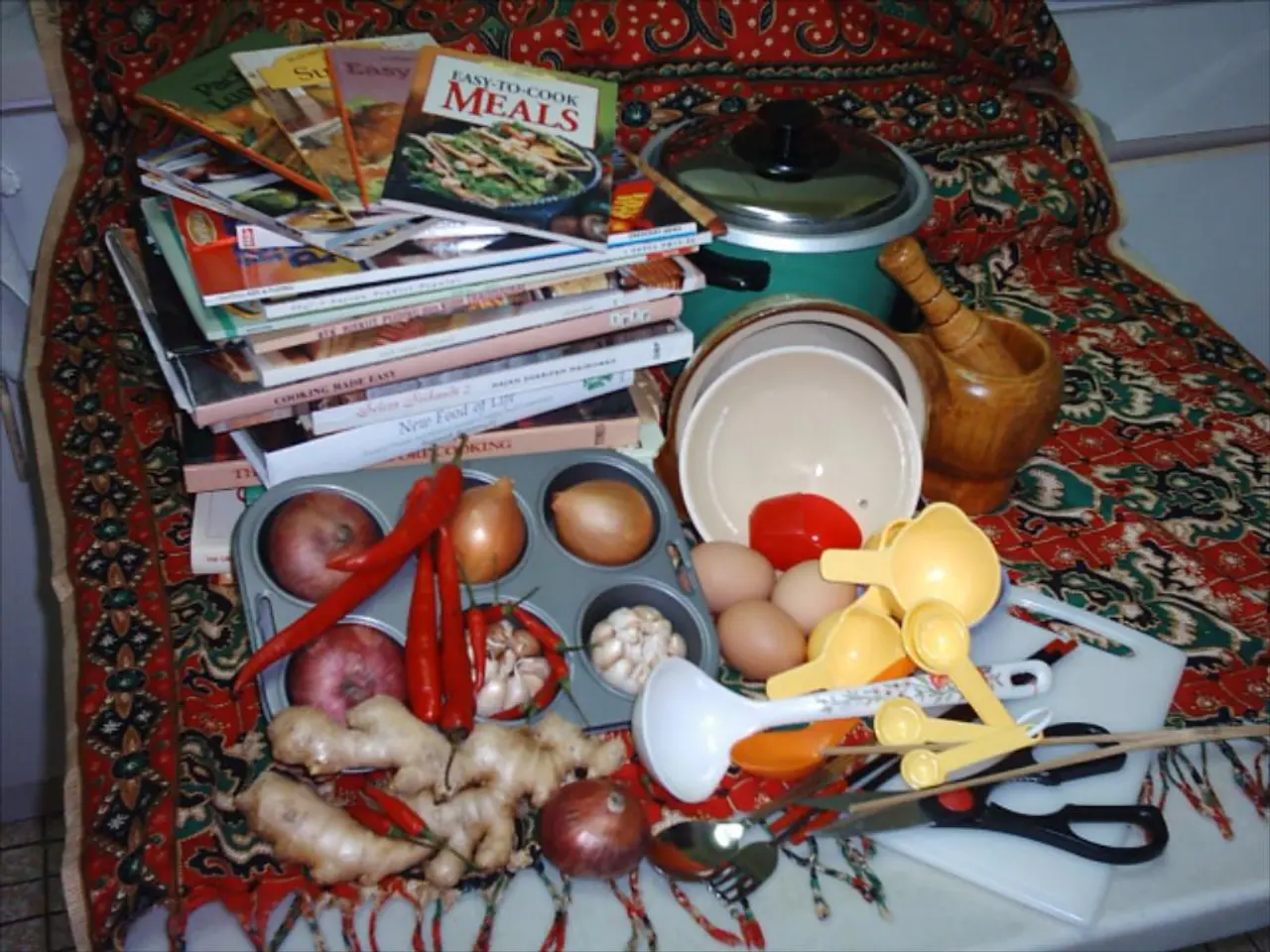Success Strategies for Pepper Plant Soil: Unveiling the Secrets
In the world of gardening, peppers are a popular choice for many due to their versatility and flavour. To ensure a bountiful pepper harvest, it's essential to provide them with the right soil conditions. Here's a guide on creating an ideal environment for your pepper plants.
Peppers thrive best in **well-draining, fertile soil** with good aeration. Medium to sandy soils are preferred because they provide proper drainage and prevent waterlogging, which peppers are sensitive to. The optimal soil pH range for peppers is **slightly acidic to neutral**, generally between **6.0 and 7.0**.
To prepare the soil, it is recommended to **loosen the soil to a depth of 6-8 inches** through tilling to encourage healthy root growth. Mixing in perlite or coarse sand improves aeration and drainage, which helps prevent root rot.
Peppers benefit from **nutrient-rich soil**, often improved by incorporating organic matter such as **compost, well-rotted manure, worm castings, or aged plant matter**. Adding balanced organic fertilizers with a ratio like 4-4-4 or 5-5-5 can support growth especially during fruiting stages. Specific amendments like bone meal or rock phosphate can promote strong root development.
Maintaining good drainage is crucial, and this can be achieved by using a potting mix that includes perlite, vermiculite, or sand. Peppers require nitrogen, phosphorus, and potassium in their soil.
When planting peppers in an in-ground garden, choose diverse and nutrient-rich organic matter for your soil, such as homemade compost, rotted manure, or chicken manure pellets. When choosing a potting mix, consider its ability to maintain the ideal pH level for peppers.
It's also important to test the pH level of your soil with a soil test kit before planting. If necessary, to adjust the pH level of your soil, add lime to increase it or sulphur or aluminium sulphate to lower it.
Additional tips include mulching the soil surface with straw, shredded leaves, or grass clippings. This helps retain moisture, regulate soil temperature, and suppress weeds.
In summary, for the best pepper growth, use a **well-draining, nutrient-rich medium with a pH from 6.0 to 7.0**, enriched with organic matter, and ensure good soil structure and aeration to support healthy roots and fruit production. Happy gardening!
[1] Gardening Know How. (2021). Growing Peppers: Soil Requirements and Amendments. [online] Available at: https://www.gardeningknowhow.com/edible/vegetables/pepper/growing-peppers-soil-requirements-and-amendments.htm
[2] The Spruce. (2021). How to Grow Peppers in Containers. [online] Available at: https://www.thespruce.com/growing-peppers-in-containers-2132809
[3] University of Illinois Extension. (2021). Growing Peppers. [online] Available at: https://extension.illinois.edu/horticulture/growing-peppers/
[4] North Carolina State University. (2021). Growing Peppers. [online] Available at: https://www.ces.ncsu.edu/depts/hort/consumer/vegetables/vegetables-peppers.html
Peppers prefer a well-draining, nutrient-rich medium with a pH from 6.0 to 7.0, enriched with organic matter such as compost, well-rotted manure, or aged plant matter for optimal growth. To prepare the soil, loosen it to a depth of 6-8 inches through tilling to encourage healthy root growth.






